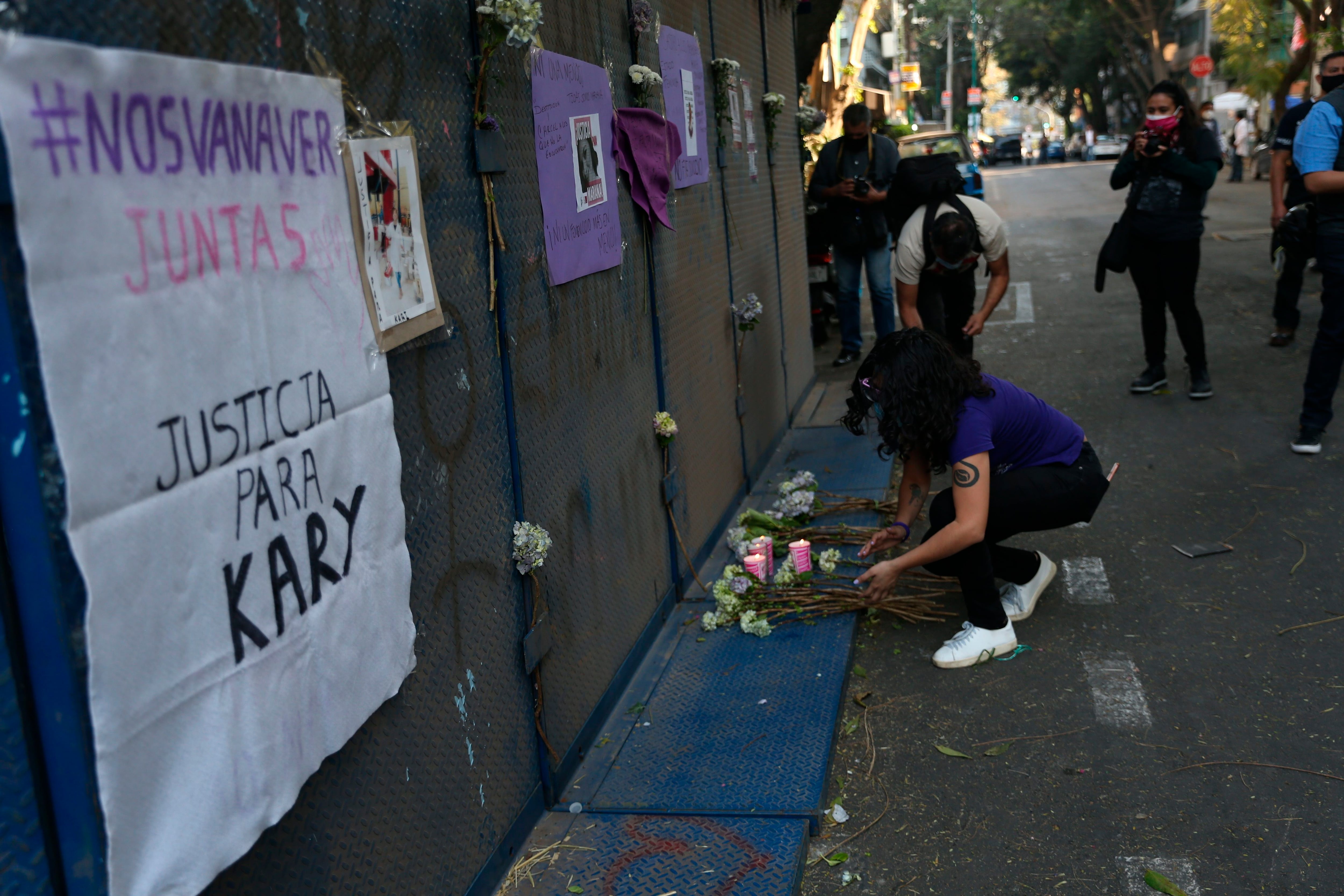
In the first three years of Andrés Manuel López Obrador's administration, from December 2018 to December 2021, 102,872 victims of intentional homicide were recorded, representing an 81% increase over the first three years of the Enrique Peña Nieto government, said the Executive Secretariat of the National Security System Public (SESNSP).
However, the figures could be higher due to underreporting that federal authorities do not consider, the organization Causa en Comuno warned in its report “A Country Without a Report... And Probable Manipulation and Concealment of Information on Insecurity.”
When citizens do not file a complaint about the crimes of which they were victims, that is when there is talk of “underreporting”, so that official reports could indicate progress in combating crime, when, in reality, such “progress” is due to the fact that much of the crimes are not reported.
In 2020 alone, 93.3% of crimes went unreported or prosecutors did not initiate an investigation into it, according to the National Survey of Victimization and Perception of Public Safety (ENVIPE 2021). These sub-registers occur, mainly, in the crimes of: femicide, kidnapping, extortion, drug abuse, robbery of bystanders with violence and family violence.

This is due, in part, to the fact that the COVID-19 pandemic “inhibited” the filing of the corresponding complaints, so there are certain anomalies that Causa en Común detected in the official reports of the state prosecutor's offices and SESNSP. These anomalies could respond to possible manipulation by prosecutors 'offices in classifying offences into other categories that do not fit.
Thus, the reduction in crime rates contrasts with victimization surveys, so that high rates of intentional homicide or high-impact crimes do not match official records. While it should be noted that, in some cases, this drastic reduction in criminal records does respond to a real decrease in crimes committed, the organization warned.
Among the anomalies that Causa en Común detected is that prosecutors in Coahuila, Tabasco and Sinaloa have probably manipulated the numbers of intentional homicide by classifying it into the category of wrongful homicide during 2020, which implies that a decrease in the first crime has been reported but an increase in the second.
In Coahuila, for example, the numbers of victims of intentional homicide decreased by 55% from 2020 to 2021, but there was a 140% increase in wrongful death. In Tabasco, there was a 25% decrease in the first offense and a 41% increase in the second. And in Sinaloa there was also a 25% decrease in the former and a 12% increase in the latter.
Regarding femicides, there are four states where official figures do not agree with information from local media. Such is the case in Tamaulipas, where four victims of femicide were recorded in 2021, which represents a 67% drop compared to 2020. However, Causa en Común detected at least 12 cases of “murder with extreme violence against women” in that entity.

The same applies to Tlaxcala, where 10 victims of femicide were reported in 2021, but according to the report of atrocities by this NGO, at least 12 cases of murders of women with extreme cruelty were committed. In some cases, such as in Nayarit, the decrease in femicides is due to the fact that such crimes are classified as “family violence”.
Regarding human trafficking, two states reported a 100% decrease between 2020 and 2021: Durango and Guanajuato. However, Causa en Común documented that at least six events related to trafficking or slavery were recorded in Guanajuato in 2020 and one in 2021.
In this way, the figures for other crimes such as kidnapping, extortion, vehicle theft with violence, family violence and drug abuse are the same: official reports (in some cases) do not match the high levels of crime throughout the country, either because the victims did not file a complaint or because they did not file a complaint offenses were classified in other categories.
Therefore, the organization recommended that reporting should be promoted through ongoing campaigns, as well as providing follow-up and support for people in vulnerable conditions, such as women and children. In addition to carrying out more thorough analyses to have figures closer to reality and, from there, implement public policies in the area of security.
KEEP READING:
Últimas Noticias
Debanhi Escobar: they secured the motel where she was found lifeless in a cistern
Members of the Specialized Prosecutor's Office in Nuevo León secured the Nueva Castilla Motel as part of the investigations into the case

The oldest person in the world died at the age of 119
Kane Tanaka lived in Japan. She was born six months earlier than George Orwell, the same year that the Wright brothers first flew, and Marie Curie became the first woman to win a Nobel Prize

Macabre find in CDMX: they left a body bagged and tied in a taxi
The body was left in the back seats of the car. It was covered with black bags and tied with industrial tape
The eagles of America will face Manchester City in a duel of legends. Here are the details
The top Mexican football champion will play a match with Pep Guardiola's squad in the Lone Star Cup

Why is it good to bring dogs out to know the world when they are puppies
A so-called protection against the spread of diseases threatens the integral development of dogs




